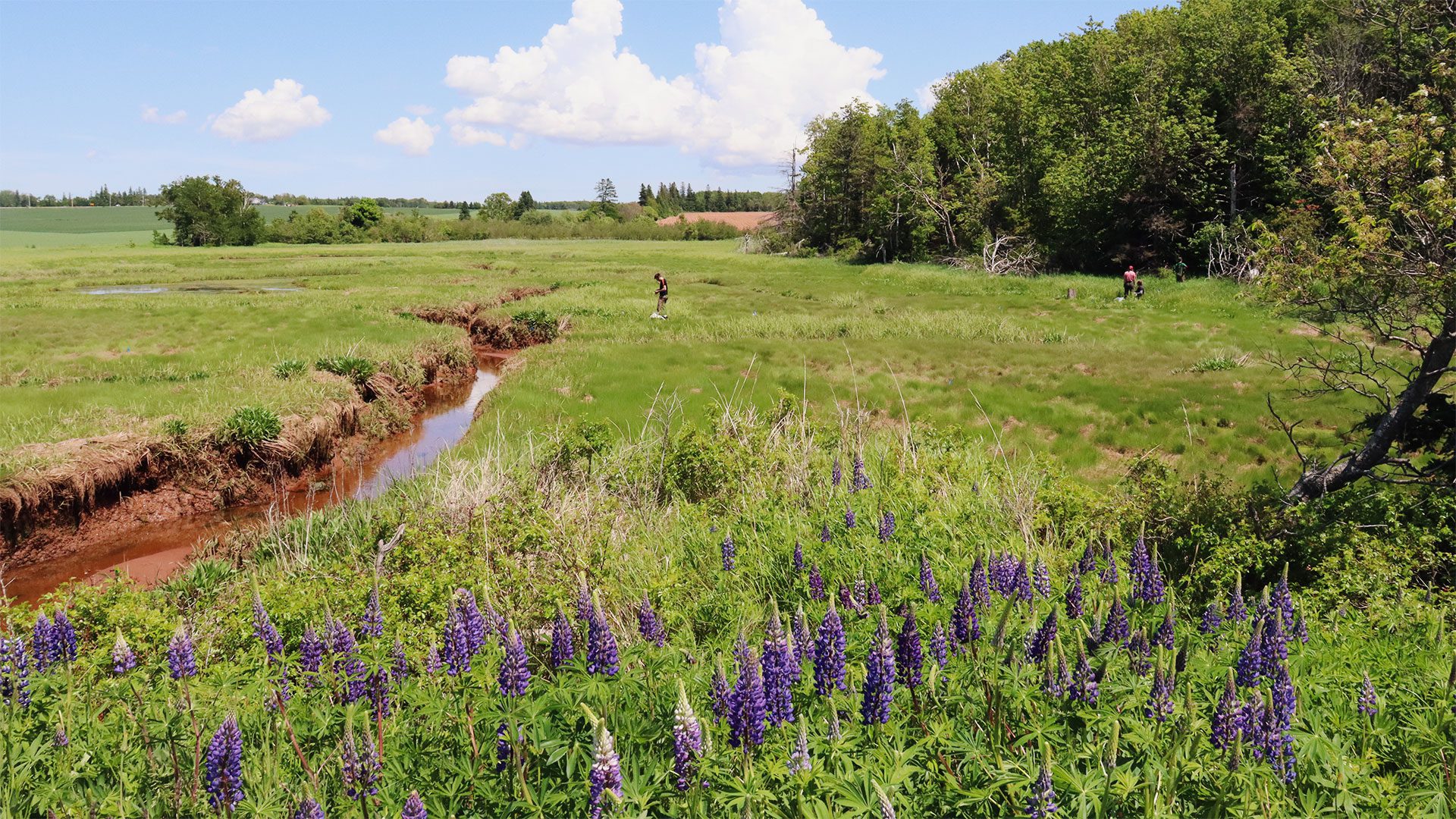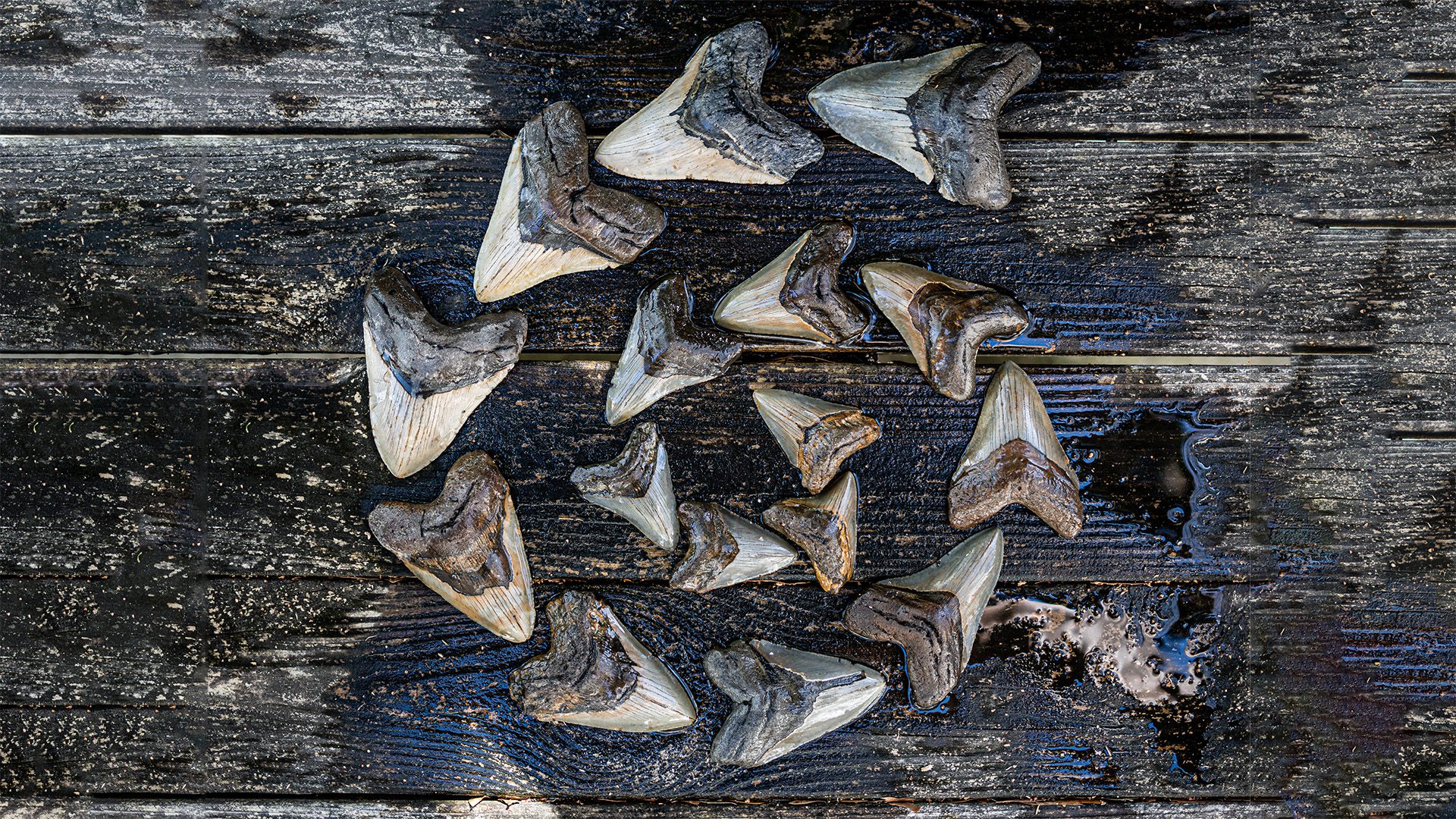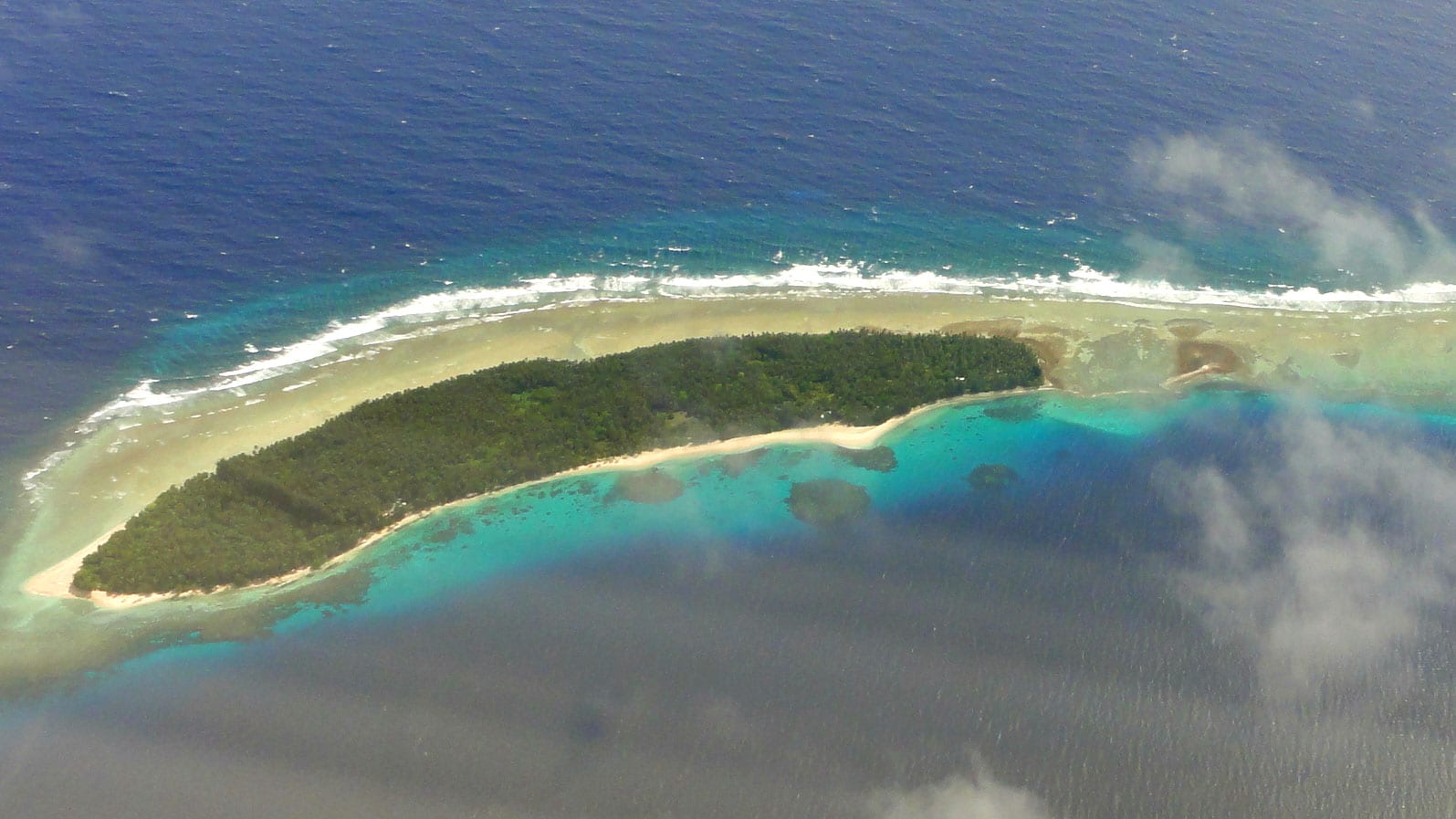
Estimated reading time: 4 minutes
In its vastness, the ocean and its inhabitants may seem foreign to us-particularly while travel abroad is still limited for much of the population. And let's face it, science deserves more than just a powerpoint presentation. For those of you looking to better digest ocean science, we've curated five creative collaborations between marine experts and their inspired artistic colleagues.
Aerial Photography Celebrates the Anatomy of Greenland’s Glaciers
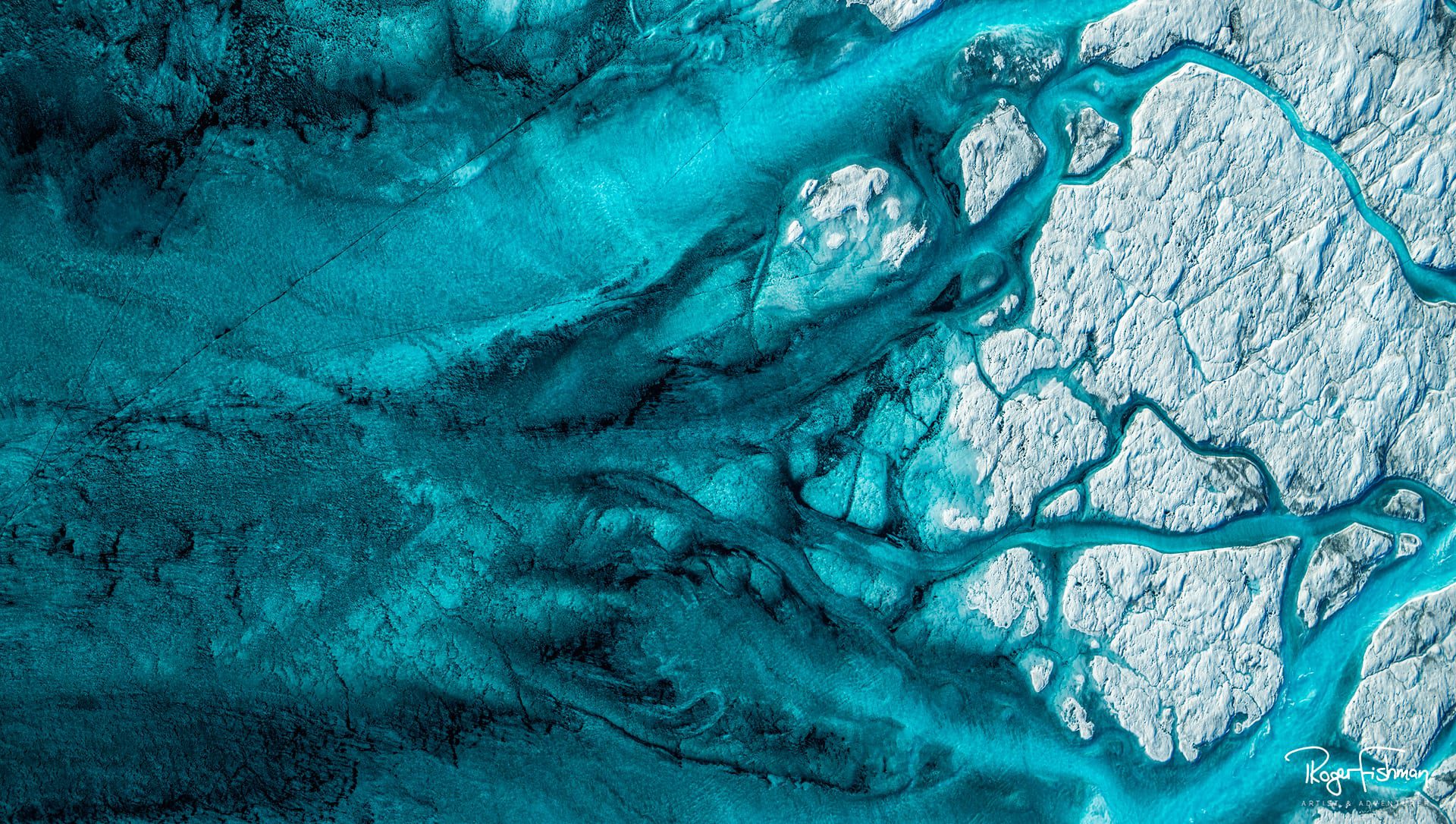
Titled "Aqua & Black #2," this bird's eye view shows the vein-like patterns carved from annual meltwater on top of Greenland's glaciers, a once seasonal effect that has been exacerbated by climate change. (© Roger Fishman)
News of Greenland's glaciers has lately been punctuated by ominous warnings of retreating ice and irreversible damage done by climate change. But photographer Roger Fishman is convinced there is a more productive way to inspire public interest in glacial conservation. Following a decade of fieldwork and three laps around Greenland in a helicopter, Fishman's unique aerial imagery reflects the wide breadth of geological formations that only exist in this polar environment. During a recent livestream, he combined his abstract portraits with the scientific expertise of WHOI glaciologist and photographer Sarah Das. Together, the two present audiences with new terminology in stunning color and detail, bringing navy blue moulin pits and white valleys bespeckled with cryoconite into the mainstream.
You can watch the full event recording, From Art to Science: The Anatomy of Glaciers here.
A PhD Student Turns Ocean Data Into Music
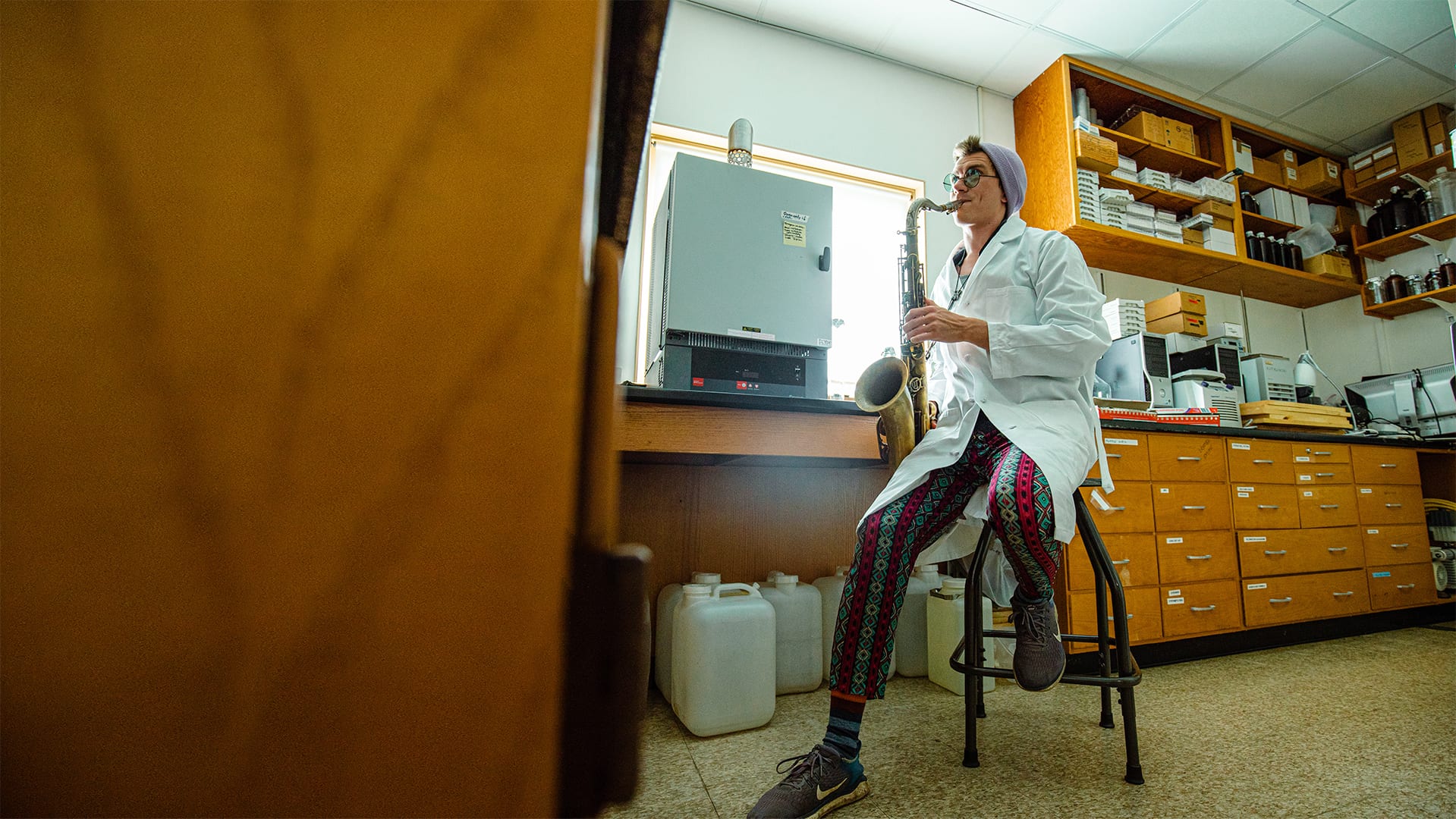
Noah Germolus plays a jazzy tune in between running mass spectrophotometers at WHOI's Molecular Environmental Science Lab. (Daniel Hentz, © Woods Hole Oceanographic Institution)
The ocean is always making music. Can you hear it? Noah Germolus can. The third-year MIT-WHOI Joint Program chemical oceanography student, saw a unique opportunity to translate chemical data from the ocean into playable music for everyone to enjoy. These musical notes are generated in WHOI’s Molecular Environmental Science Lab. There, Germolus runs seawater samples from Cape Cod and Bermuda through a liquid chromatography system, later codifying the results into sheet music. That process, known as data sonification, wound up creating ethereal, melodic tones, which Germolus plays using his tenor saxophone. You might be able to hear his music paired with art from painter Heather Stivison at the Synergy II art installation this August in Boston. You can read the full story here.
A Dance Company Brings Awareness to Sea Level Rise
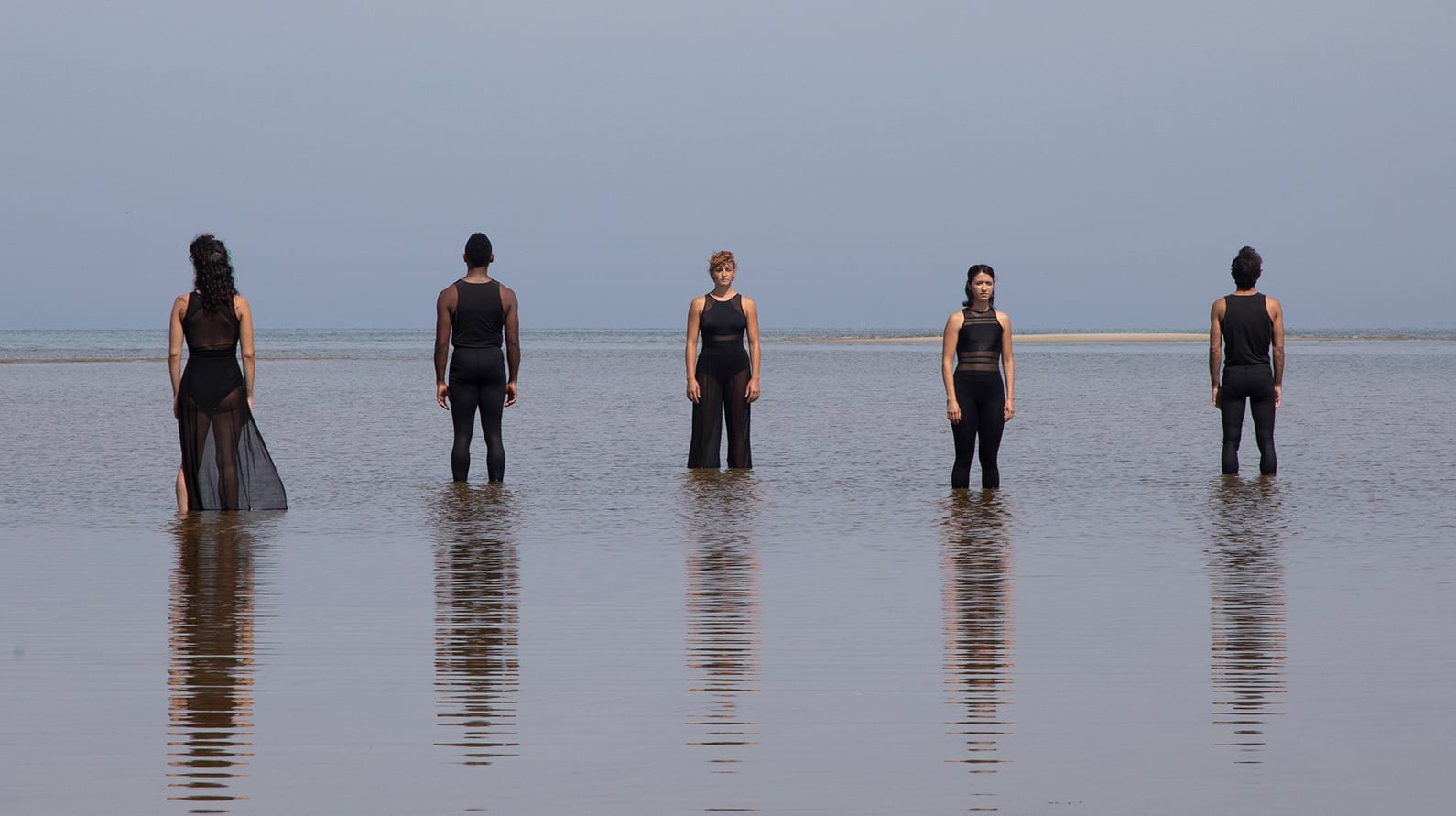
Performers from the Boston Dance Theater pose amid the rising tide along the Cape Cod coastline. (Photo courtesy of Larry Pratt, © Boston Dance Theater)
Dance, meet science. Choreographer Jessie Jeanne Stinnett wanted to find a way to use dance to convey the physical and emotional toll of climate change. As sea level rise continues to affect low-lying areas of Boston Harbor, she saw an opportunity to raise awareness of the issue. For six weeks, she and WHOI senior physical oceanographer Larry Pratt discussed the scientific processes that lead to this phenomenon. That information inspired how Stinnett would later choreographed performers from the Boston Dance Theater. The final production, entitled SURGE, features mesmerizing movements from fluid twists to violent jolts, ultimately simulating the chaotic process of coastal erosion. You can watch the full performance on this episode of WHOI’s virtual series, Ocean Encounters.
A New Gallery Documents the Mysteries Beneath Yellowstone Lake
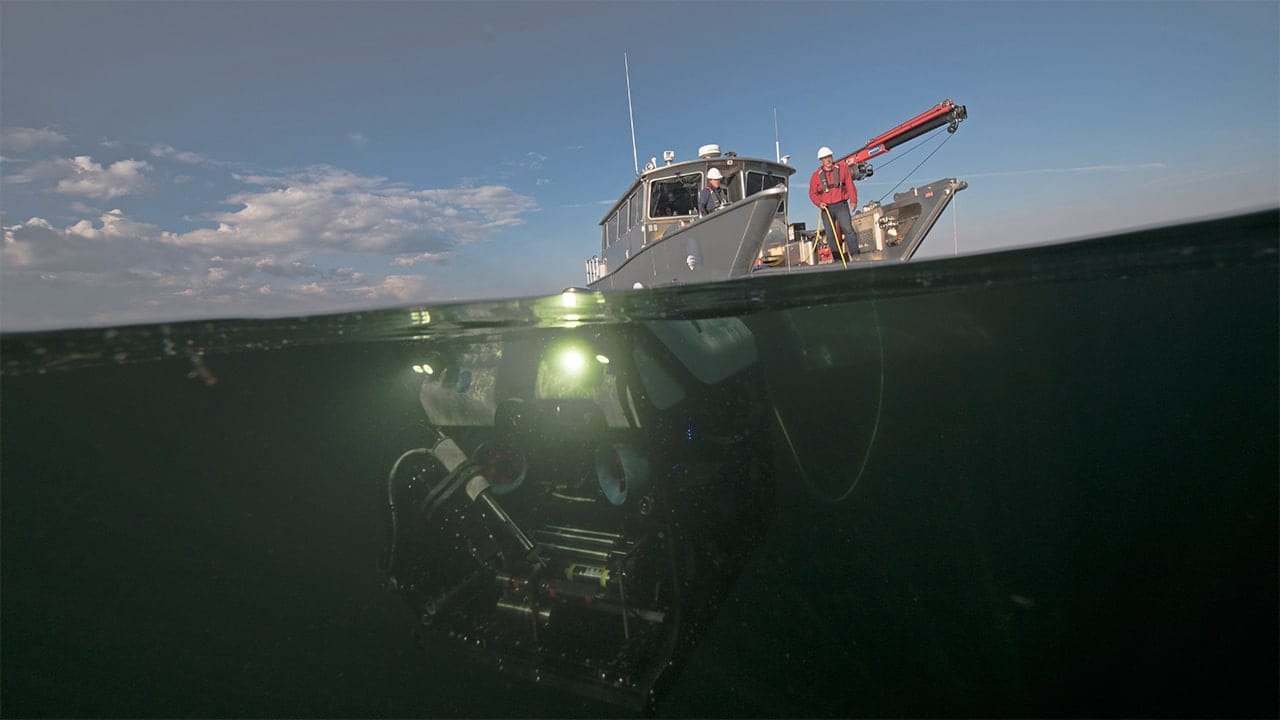
An expedition team deploys ROV Yogi to explore hydrothermal explosion craters at the bottom of Yellowstone Lake (Chris Linder, © Woods Hole Oceanographic Institution)
Sometimes ocean science finds its way inland, like it did at Yellowstone Lake from 2016 to 2018. WHOI hydrothermal experts, including volcanologist Rob Sohn, knew of geothermal activity at the base of the lake, but had an itch to investigate further. Photographer Chris Linder documented every part of their fieldwork from underwater deployments of remotely operated vehicle (ROV) Yogi, to early morning sediment analysis done under the glow of headlamps. Now, you can check out the full adventure, “What lies Beneath: Mysterious Vents of Yellowstone Lake,” at the Buffalo Bill Center of the West in Wyoming from now until August 8, 2021, and then again from October 2, 2021 to May 1, 2022.
An Expedition is Brought to Life by a Painter at Sea
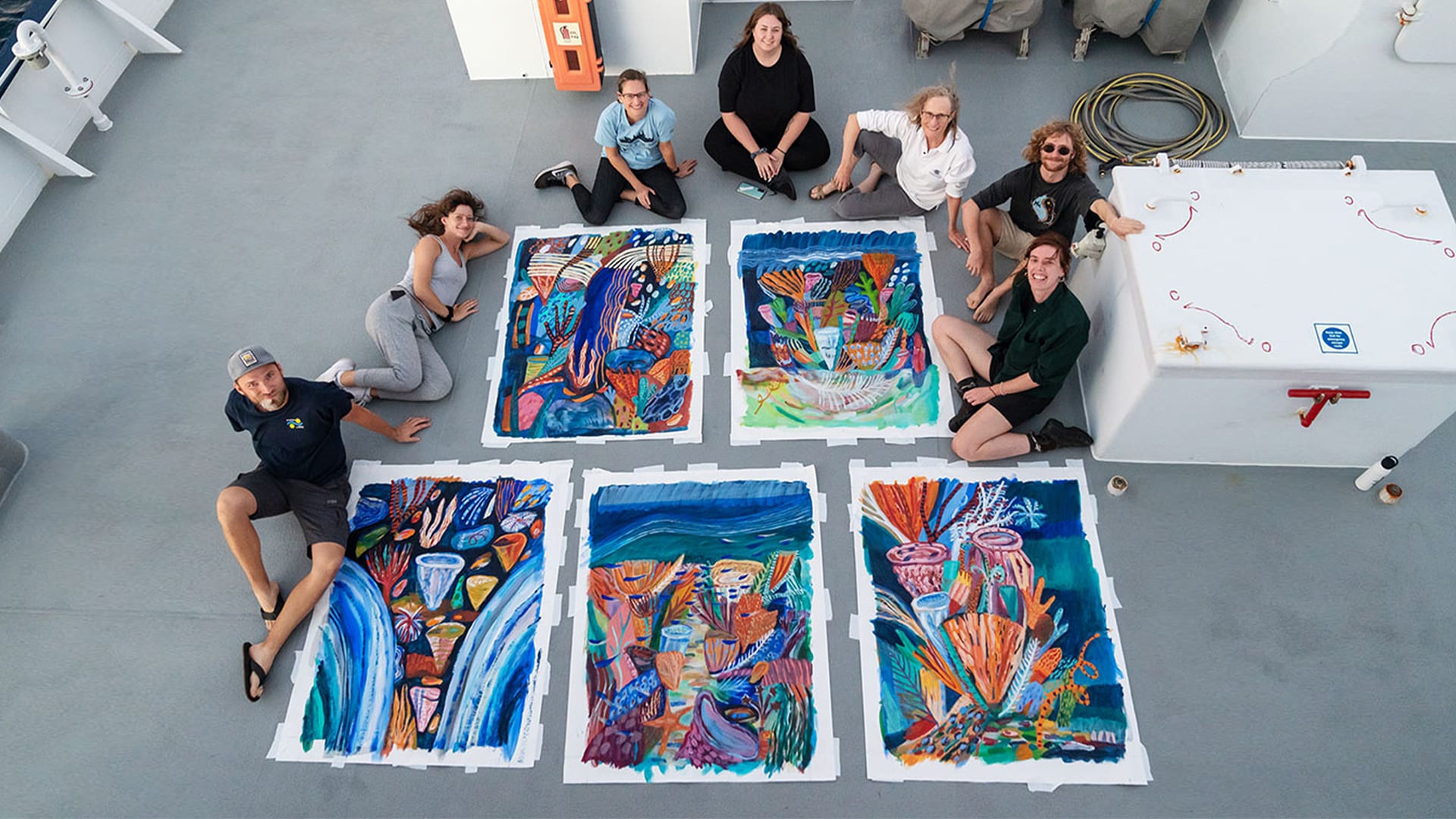
Five art works created by Artist-at-Sea Ellie Hannon (far right) are photographed on the bow of R/V Falkor with members of the science team. (Photo courtesy of © Schmidt Ocean Institute)
Since 2016, the Schmidt Ocean Institute has taken artists aboard its research ship, R/V Falkor, to draw inspiration from marine research. Over time, these "artists at sea" have painted, illustrated, and sketched a variety of obscure marine subjects, bringing them from an offshore lab to the public eye. This year, Australian painter Ellie Hannon captured the essence of several rare and diverse coral species from the Ashmore Reef Marine Park in the Pacific--one of the most remote marine sanctuaries in the world. She was even privy to a rare moment when scientists re-discovered a sea snake, once believed to be locally extinct. This June, Schmidt Ocean Institute will return to the Phoenix Islands Protected area (PIPA) to study deep-sea corals, with WHOI's Tim Shank and artist Constance Sartor aboard.

